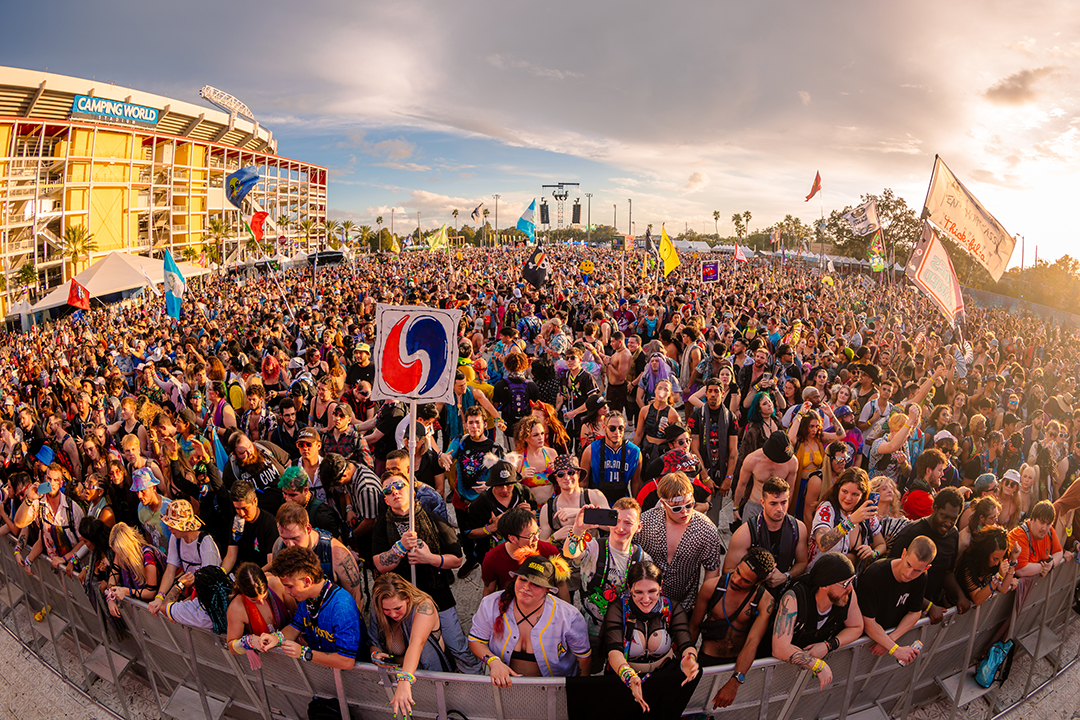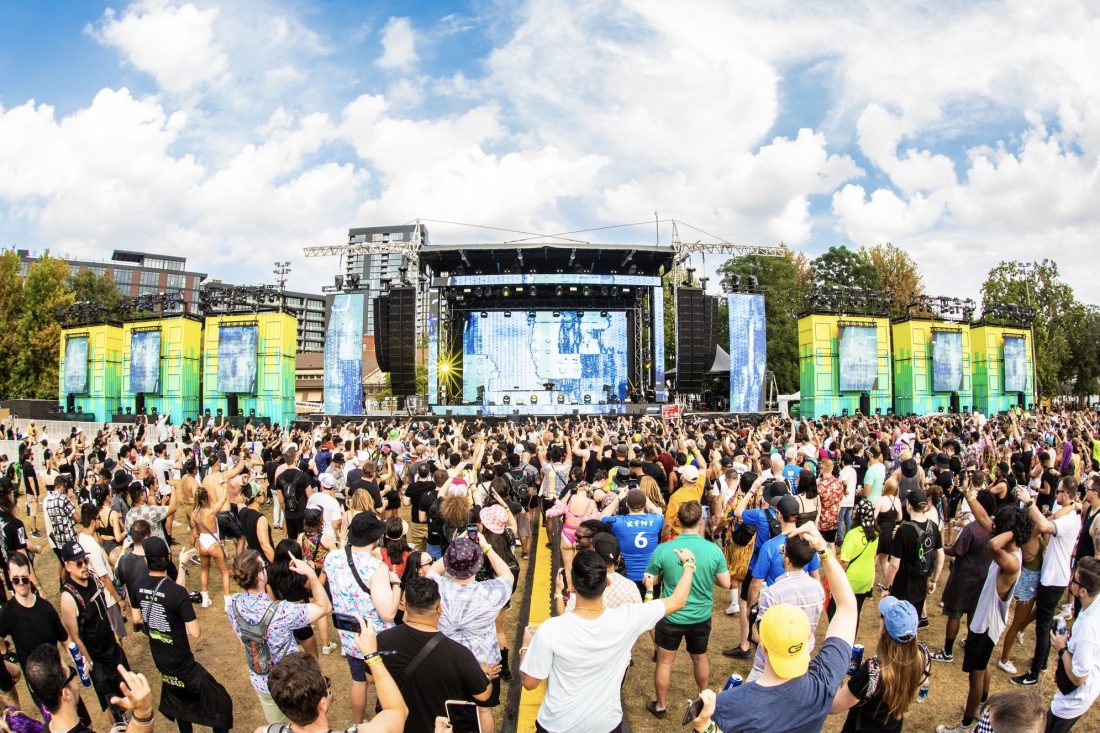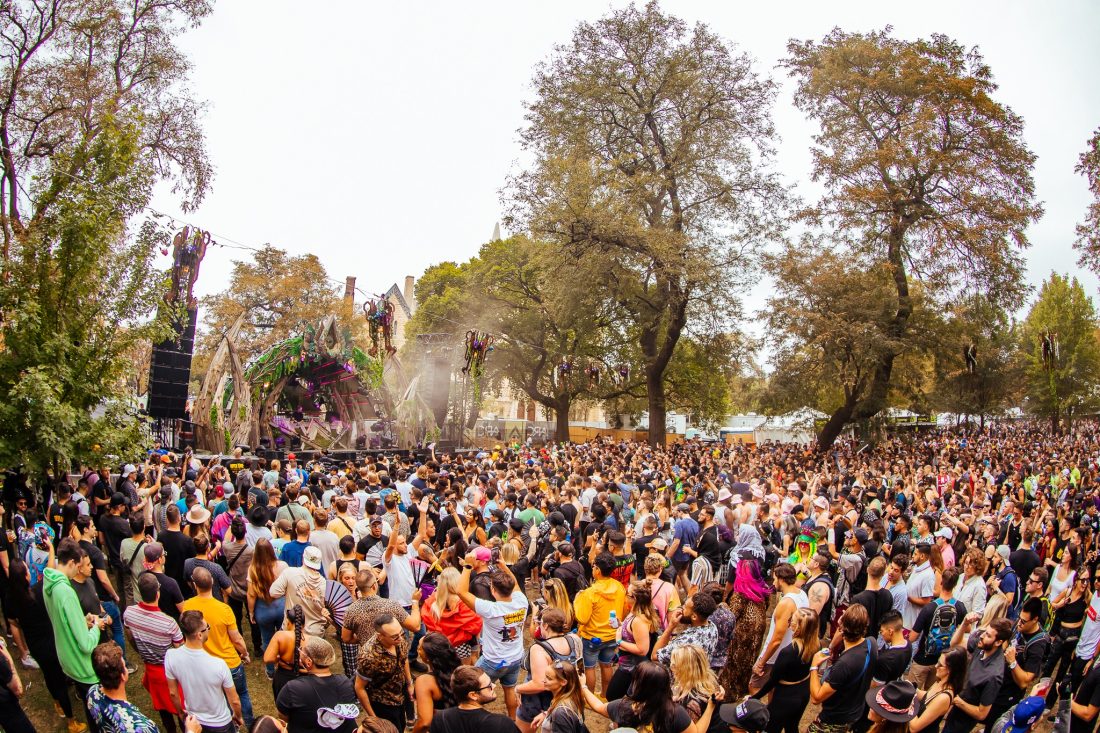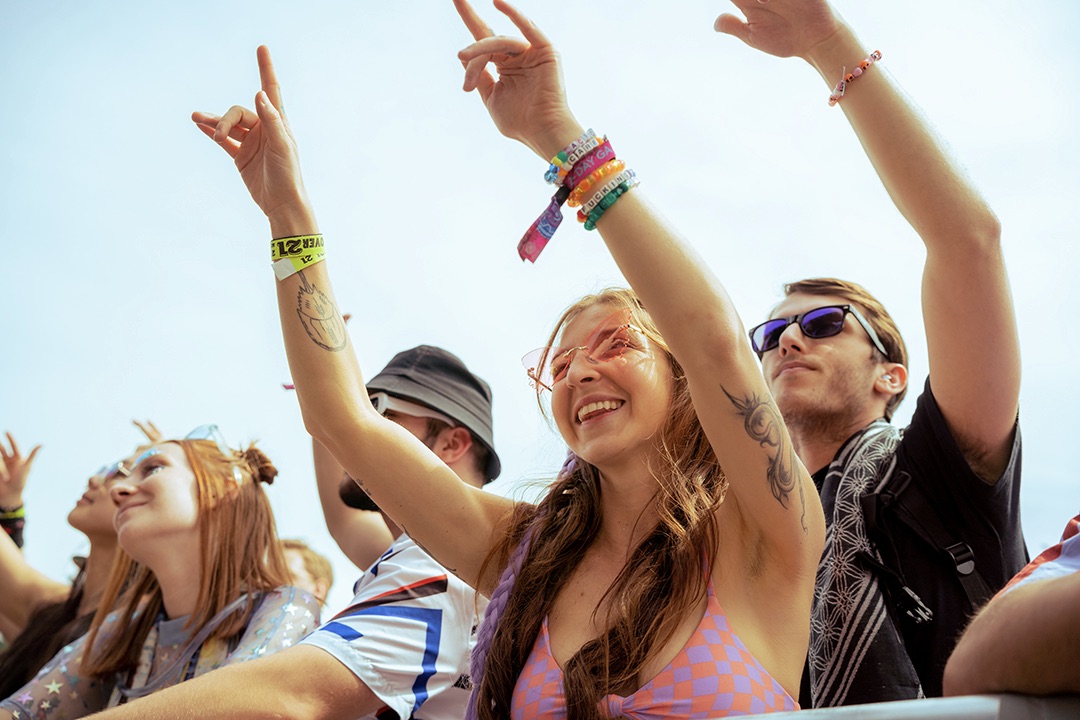I remember about four years ago when I went to see Adventure Club for the first time. When I stepped into the venue I could hear the bass bouncing off the walls. It was incredible, enthralling. I never wanted to leave.
Little did I know, it would have a serious effect on my ears. Adventure Club put on a great set, but the venue was too loud for me, and at the time I wasn’t using hearing protection like earplugs to reduce the risk of hearing damage.
For a few days after the show, my ears were really sensitive and I couldn’t listen to music loud without discomfort. They needed rest after being exposed to such loud noise for so long. If I continued going to shows like that without hearing protection I may have even gotten tinnitus.
If I had tinnitus, finding a sense of calmness in my normal day-to-day lifestyle would be very difficult. I typically like to start my mornings with a meditation practice, and hearing constant ringing or buzzing would drive me nuts when I am trying to find stillness.
I would have definitely wished I took action earlier because tinnitus can be preventable by using simple ear protection. It would be a bummer thinking that I wouldn’t be able to experience my favorite artists the same ever again because my hearing would have been impaired.
In this guide, we’ll go over what tinnitus is and how it can be prevented so everyone can enjoy years of safe raving for their ears.
What Is Tinnitus?
Someone has tinnitus when they hear ringing or other noises in one or both ears. Depending on how bad the tinnitus is, it can remain constant or it can come and go.
“It affects my life as a person when I’m at home relaxing, I can hear it sometimes. The quieter the environment the more frustrating it is because I can hear it more,” explains Sydney Blu, Canadian DJ, producer, and record label owner.
What To Do If You Have Tinnitus?
Many resources exist to help individuals with tinnitus. “There’s not necessarily a cure for tinnitus, but one thing that I want every person to know is that there are things that we can do about tinnitus. There are steps to manage tinnitus, making it less intrusive in a person’s everyday life,” said Jodi Baxter, Clinical Assistant Professor in Audiology at Ohio State University.
The use of white noise can help manage the effects of tinnitus as silence is the enemy of tinnitus. Professor Baxter also mentioned that there are resources like support groups available to people with tinnitus so that they don’t feel alone. The American Tinnitus Association is here to help.
How To Take Action
If you think you have tinnitus, see an audiologist. They can evaluate your ears and auditory systems to help pinpoint the cause. Then the audiologist can offer recommendations on how to go about treatment.
Sydney Blu says, “I would recommend that everyone get a set of earplugs to bring to all the shows, it’s really smart.”
Professor Baxter says, “A sign that it’s probably time to see an audiologist for a hearing test is when someone notices difficulty hearing a normal conversation. For example, asking people to repeat themselves multiple times and struggling with background noises like hearing music at lower levels. If someone goes to loud music events like festivals and clubs often or is a professional musician then going to an audiologist every year to get their hearing tested is a good idea. Noticing changes in hearing like ringing in your ears are indicators to come in sooner to see an audiologist.”
Overall if a person is questioning whether or not they should go get their ears checked out, they should.
Levels And Duration Of Sound Exposure Matter
If you’re at a show seeing your favorite artist, your location in the venue matters. The location of the speakers, and how close a person is to the speakers make a difference in the decibel level. Decibel, also read as dB, is a measure of sound level. The closer a person is to the speakers, the louder the dB.
“Pretty much any live music show is exceeding safe levels and everyone in that venue should be wearing hearing protection. If there’s amplification and speakers, it’s at a point that every person should be wearing hearing protection,” says Baxter. But hearing protection is also a concern outside of live music events.
“The amount of sound exposed throughout the day and for how long matters, for example, a vacuum when cleaning the house earlier, the sound of a blender, the hairdryer. All of those things add up,” says Baxter.
Our ears need rest just like our body needs rest. If you’re planning on going to a show one night, perhaps stay home in a quiet environment before going out. That way you’ll be safe and the show will be even more satisfying.
But what levels of dB exposure are safe?
Baxter explains, “You could be in an environment with 85 dB for about eight hours and be close to safe in terms of hearing, but then as the dB level goes up, the amount of time that you can spend in that volume goes down. Most concerts, depending on the venue and a lot of other factors, they’re upwards of around 95 or 100 decibels. Potentially even more for indoor concerts or small venues. The amount of time that you can safely be in those volumes, is pretty small, like 15 minutes for 100 dB.”
There are sound level meter apps available to measure what level the dB is in your environment using the microphone on your phone. A couple of recommendations from Baxter are Decibel: dB sound level meter and NIOSH Sound Level Meter. Both offer a free version that can test the dB in an environment.
Hearing Protection
Professor Baxter says, “I recommend finding a pair of hearing protection that one likes and that works for them. You want to figure out the hearing protection before attending the concert to make sure that you like the pair.”
Below find a short list of hearing protection options that are easily available to all:
1. Foam Earplugs
Foam earplugs are a low-cost solution that works. They are comfortable as you can adjust them to fit into your ear. Carrying some extra foam earplugs when attending shows is a great idea so you can give them to someone if you notice that the environment is too loud for them.
Be aware, these earplugs filter out the high frequencies more than the lows. For a more even filtering use the types of ear protection found below.
2. Reusable Earplugs
Reusable earplugs usually have a stem that you can use to insert them into your ear canal. These earplugs might not be as comfortable as the foam earplugs, but they’re able to be washed and used again. Foam earplugs offer better protection over reusable ones, though.
3. Musician Earplugs
Musician earplugs have a filter in them to help reduce the noise more evenly than the other types of earplugs such as foam earplugs. This would help the listener get the “full” sound experience.
If someone attends many shows or festivals, having a pair of musician earplugs is ideal. They’re also reusable. Ear Peace and Eargasm make high-quality earplugs. With the holiday season approaching, these would probably make a great gift idea.
4. Noise Reduction Earmuffs
This would be the most ideal when there’s an all-ages festival and parents want to bring their infants to a festival. Since earplugs won’t be able to stay in place in an infant’s ear, earmuffs would be best to block the loud noise levels for younger children. There are also some cool styles available so children will like how they look.
These are also ideal if you work at festivals. They are comfortable and offer the most comprehensive protection.
5. Custom Molded Earplugs
Custom molded earplugs would be the most expensive option out of all, but they are tailored to you. These would be the most comfortable and they’re able to have acoustic filters so that the sound is reduced evenly. Many musicians are using custom molded earplugs.
“I have musician earplugs that are molded to my ears and they go down a certain percentage of dB. Those help when I wear them to the club,” says Sydney Blu.
Images provided by Insomniac Events and ARC Music Festival










